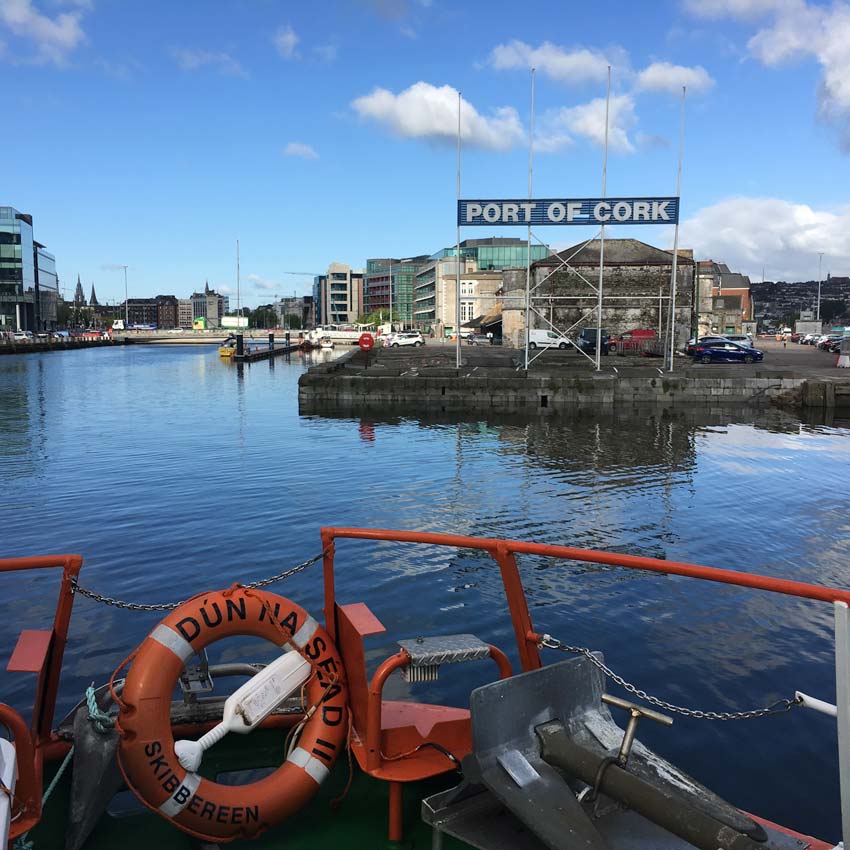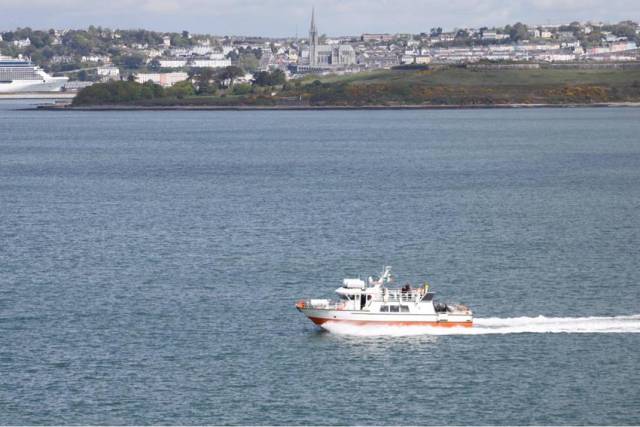A high-profile royal visit is set to bring out the orange in Cape Clear Ferries’ orange-and-white branding next weekend.
The company’s new fast ferry from Schull and Baltimore to Cape Clear Island will take a different route next Friday 14 June as it transports the Dutch royal family on a special trip from Cork city via Cobh to Crosshaven in Cork Harbour.
Séamus Ó Drisceoil, manager of Cape Clear Ferries, expressed his delight that Dún na Séad II would be considered suitable for such an event.
“Our company has invested and reinvested consistently over the years to raise our standards and we feel that this is an impressive and merited endorsement both of our newest ferry and also our dedicated and hardworking team,” he said.
“Karen Cottrell along with crew members Shane Ó Drisceoil, Cathal Cottrell, Niamh Ní Dhrisceoil and Iain O’Driscoll will be present on the day to welcome on board the Royal Highnesses, King Willem-Alexander and Queen Máxima, as well as Uachtarán na hÉireann, Michael D Higgins and other dignitaries.”

There will be a heavy security presence around the royal ‘boatercade’ with no other unapproved vessels permitted on the river during the visit.
Karen Cottrell said: “We are working very hard to make good of this significant upgrading of the ferry fleet in West Cork by promoting award-winning tours around the iconic Fastnet Rock Lighthouse.
“This is an outstanding natural and historical landmark off the West Cork coast and of course all our tours are via Cape Clear Island also known as ‘The Gateway to the Fastnet’.
“We will be delighted to welcome the royal couple and other dignitaries on board, but in reality all our passengers are special to us.
“In a few weeks’ time we will also welcome on board the chief of the O’Driscoll Clan for their annual visit to Cape Clear Island,” Cottrell added.































































